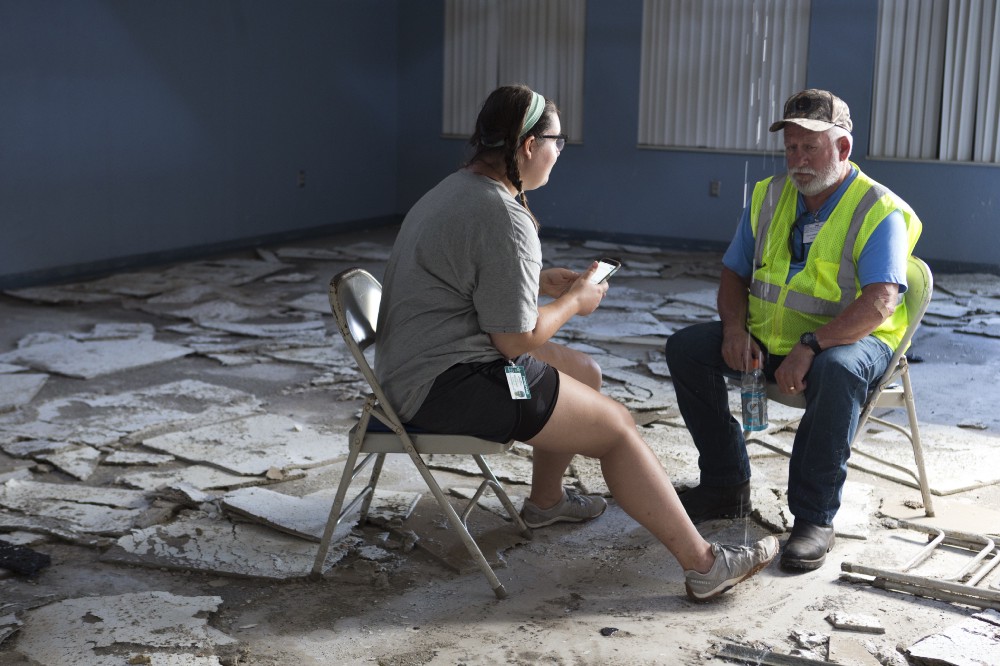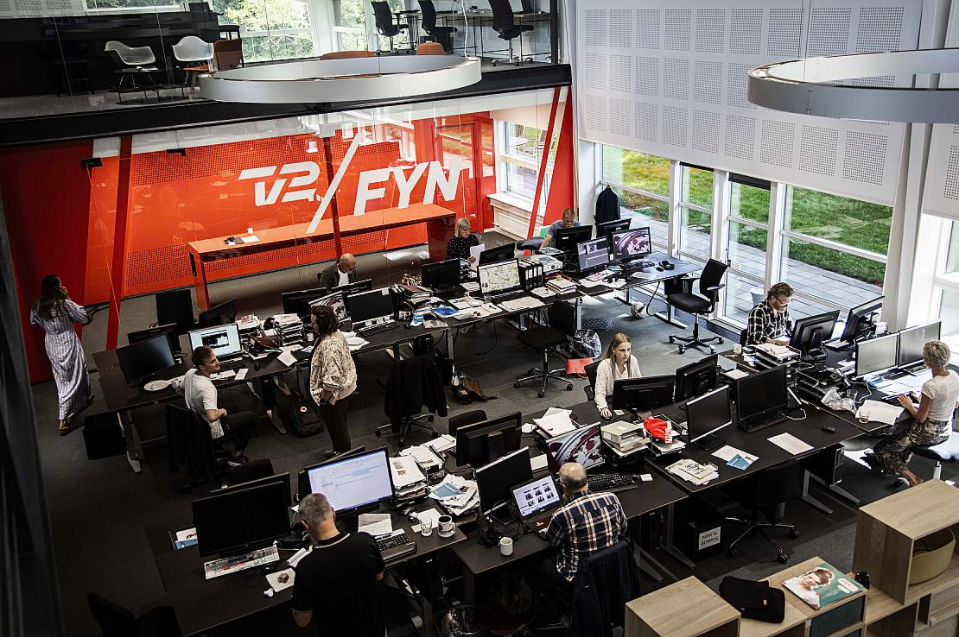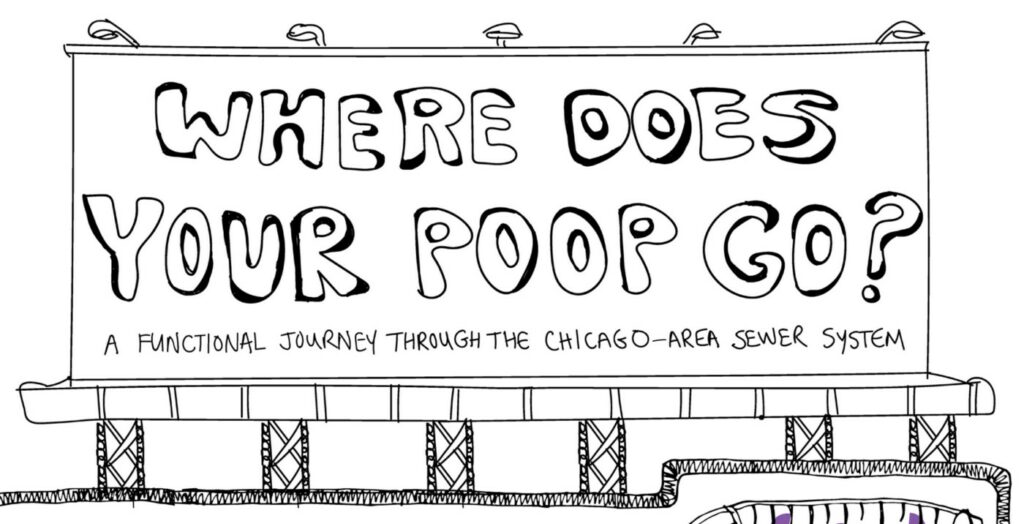We the Commuters
How WNYC and Gothamist engaged audiences around transit woes, needs
March 2020.
5 min.
Want to know more?
Feel free to reach out.
info@wearehearken.com
The challenge
The editorial objective is simply this: Connect around the shared experience of commuting in New York City as well as offer the latest news.
The outcome
WNYC and Gothamist partnered on the “We the Commuters” project as a way to serve the information needs of New Yorkers who used mass transit. Working with limited staff time and constructing the approach as they went, WNYC and Gothamist developed a system of coverage sprints, live events and a following on social accounts and their weekly newsletter.
Overview
When it comes to topics that New Yorkers have a lot of questions about, it’s hard to beat transit.
“It really speaks to pretty much what unites all New Yorkers, how to get around the city,” said Patricia Willens, metro editor at WNYC.
In 2017, when NYC was facing a “summer of hell” of intensive Penn Station repairs, WNYC and Gothamist partnered on the “We the Commuters” project as a way to serve the information needs of New Yorkers who used mass transit. The project then went on hiatus, but when WNYC acquired Gothamist the next year, both newsrooms saw an opportunity to collaborate in a bigger way. Working with limited staff time and constructing the approach as they went, WNYC and Gothamist developed a system of coverage sprints, live events and a following on social accounts and their weekly newsletter. Here’s a look at how they built it, and where they’d like to head next.
Approach
They were able to assemble a team of 8 people, including reporters, a designer and producers for the newsletter, social media and events whose work would include We the Commuters. But they all have other responsibilities, so no one is devoted to We the Commuters full-time. “I think we punch above our weight given that we’re getting a sliver of everyone’s time,” Chung said.
Following the “summer of hell” coverage, the We the Commuters approach was developed in response to other unfolding news events, like the partial closure of the L train tunnel. In early 2019, the team put out a survey designed to surface transportation topics that were of the most interest to respondents. In the approximately 1,600 responses they received, three topics rose to the top: biking, homelessness and accessibility in the transit system.
First, the team tackled bicycling with a sprint approach, producing 3–4 stories a day over a week, in addition to at least one radio segment or feature a day. “We almost had too much content,” Chung said.vNext up was homelessness, and they tailored their approach, producing one story for Gothamist’s website a day, with a few radio features over the week.
The sprints culminated in live events in The Greene Space. For instance, a live in-studio show on the topic of bicycling that included performances by comedians and music plus a news-making panel that included the highest-ranking uniformed NYPD official.

Results
Across all of We the Commuters’ platforms, the high audience interest in transit information is evident.
- The weekly We the Commuters newsletter has almost 95,000 subscribers after one year and an open rate of about 24 percent.
- Some stories, for example in the homelessness series, did well above median pageviews for Gothamist, by a factor of two.
- Tips, stemming from radio features and segments on The Brian Lehrer Show as well as from stories on Gothamist and social media prompts, have fueled other reporting.
- The events, which are ticketed at $15 for 150 seats and have a live webstream, have had strong sales and audience engagement.
In addition, having these focused sprints has given reporters insights into these issues that inform their other reporting. Immediately before the week on homelessness, reporter Stephen Nessen broke the news that the state wanted to hire more transit police officers in what homeless advocates said amounted to a crackdown. When Rep. Alexandria Ocasio-Cortez wrote a letter to the governor criticizing the plan, she cited the We the Commuters coverage.
This project has also broadened the audience they are speaking to. “(The reporters) get so much motivation when they are speaking to people who know We the Commuters, who care about the work we’re doing, who want to share their stories,” Willens said. “They are not the typical people they would be meeting and finding in their regular way of doing things.”
Lessons learned
- Let the news be your guide. The news of the day offers a great starting point to guide more enterprise work, Chung said, rather than going far outside daily coverage to try and find something to explore more deeply. “Ride that momentum and then use it to your benefit,” she said.
- High interest in a topic does not mean a high volume of stories is needed. When the newsroom was coming out with several stories each day during the week devoted to bicycle issues, the reporters worried “there was a point of diminishing returns where everyone’s eyes are glazing over,” Chung said.
- When it came to producing only one story a day for the homelessness week, “I thought that was much more effective and much more powerful.”
- Engagement takes time. “Developing that two-way street audience engagement takes a lot of time, time and dedication and focus,” Willens said. What’s been most effective are smaller-scale, more personal efforts like the live events or speaking to survey respondents. “The lesson is: Start small,” she said.
Looking ahead
Chung and Willens would like to build the We the Commuters approach into other newsroom initiatives: “There are so many pressing issues — elections, affordability, and education — that would benefit from a We the Commuters approach,” Willens said. But there remains an open question. How can newsrooms pursue engagement projects like We the Commuters with limited staff and time? “There’s so much other stuff that’s going to be happening this year — namely the 2020 election — that it’s going to be almost a fight for resources,” Chung said.
The survey for We the Commuters’ last planned major topic from the initial outreach, accessibility, closed Dec. 4. Once that topic sprint is over, by mid-March, the group will be deciding where to go from here. “Obviously we want to engage our audience as much as possible around that, what we are going to do next,” Willens said. “We’re at a great pivot point, and it’s an exciting point. We have to make sure not to lose all this momentum.”
“There are so many pressing issues — elections, affordability, and education — that would benefit from a We the Commuters approach.”
Patricia Willens, metro editor, WNYC

CASE STUDY – Panama City News Herald
How Panama City’s newspaper used Hearken to create a lifeline for readers during Hurricane Michael
The Panama City News Herald used Hearken to understand what their readers needed to know before, during, and after a major hurricane.

CASE STUDY – TV 2/Fyn
How a regional broadcaster became a frontrunner in audience engagement during the COVID-19 lockdown
To serve their audience during lockdown, Danish broadcaster TV 2/Fyn launched an ambitious audience engagement strategy.

CASE STUDY – WBEZ
How WBEZ turned a question about poop into a story and live event
How do you report a story that satisfies the curiosity of a child and appeals to your adult audience? It’s not easy, but our partners at WBEZ stepped up to the challenge.
